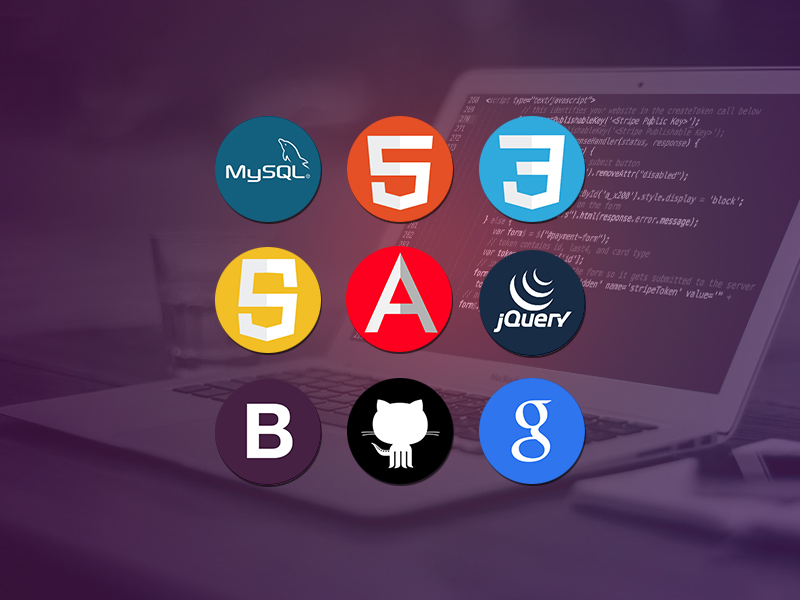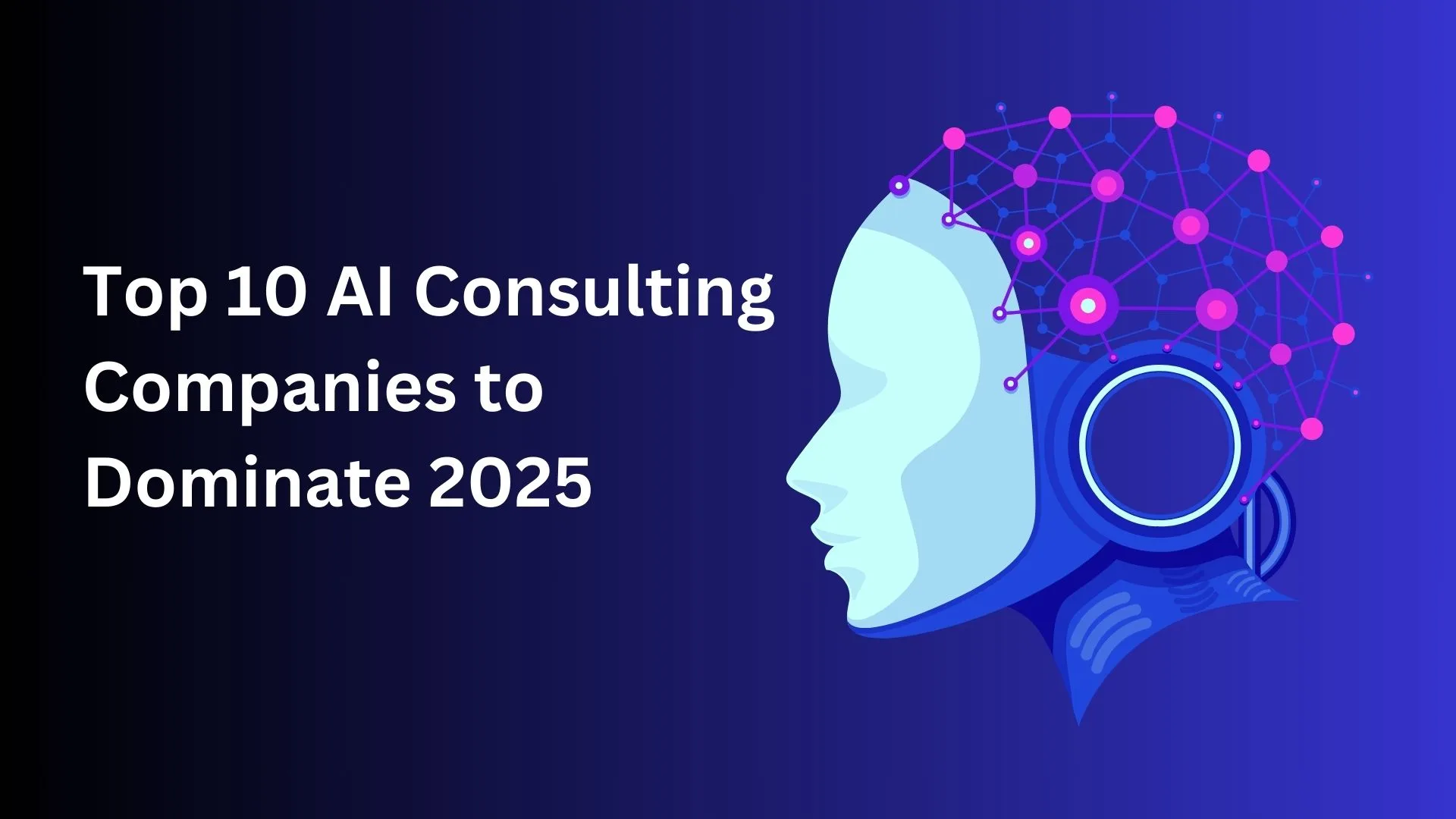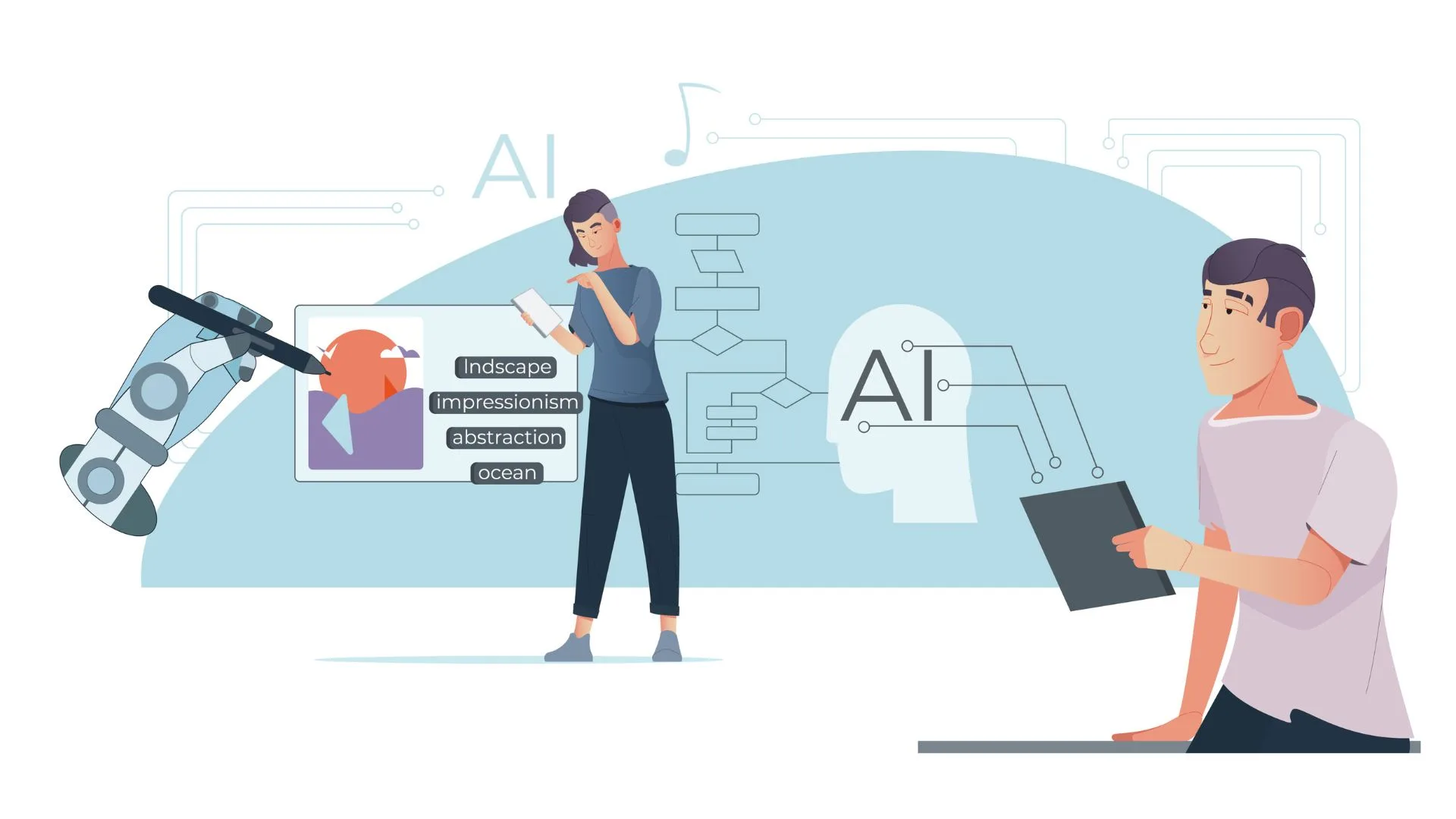Current Market Overview of App Development Costs
The cost to develop a mobile app in 2025 spans a wide range, with industry estimates placing the average between $5,000 and $250,0002. More specific analysis indicates that most businesses should expect to invest between $30,000 and $250,000, with an average cost of approximately $171,4503.
App development pricing typically follows a straightforward formula:
Total development time × Hourly rate = Total app development cost1
However, this simple equation masks the complex interplay of factors that influence the final investment required. Understanding these variables is crucial for accurate budgeting and project planning.
Critical Factors Influencing App Development Pricing
Complexity and Feature Set
App complexity remains the primary cost determinant in 2025:
| App Type | Description | Cost Range | Development Time |
|---|---|---|---|
| Simple Apps | Basic apps with login systems, user profiles, and minimal functionality. Examples: calculators, flashlight apps, basic utilities. | $15,000 – $50,000 | 4.5 – 11 weeks |
| Medium Complexity Apps | Apps with user engagement features, monetization, social media integration, and payment gateways. | $32,000 – $100,000 | 300 – 700 development hours |
| Complex Applications | Feature-rich apps with AI/ML integration, real-time functionality, and sophisticated security. | $100,000 – $1,000,000 or more | 7 – 16 weeks or longer |
Team Structure and Development Models
The composition and organization of development resources significantly impact overall costs.
1. In-House Development
Maintaining in-house teams at market rates is practical primarily for long-term projects where the application represents core business functionality4. This approach offers maximum control but requires significant ongoing investment.
2. Outsourced Development
Working with development agencies typically costs between $80,000-$250,000+ per project, with hourly rates varying by location and expertise1. This model provides access to specialized skills without the commitment of building an internal team.
3. Hybrid Approaches
Many organizations now employ hybrid models combining in-house management with outsourced development to balance control and cost-effectiveness4. This approach provides strategic oversight while leveraging external technical expertise.
Technology Stack and Platform Decisions
The technological foundation of your application drives both development complexity and expenses:
- Native Development: Creating separate applications for iOS and Android provides optimal performance and user experience but requires platform-specific expertise and longer development cycles.
- Cross-Platform Development: Frameworks like React Native, Flutter, and Xamarin allow developers to write code once and deploy across multiple platforms, potentially reducing costs by 30-40% compared to native development.
- Low-Code/No-Code Platforms: The emergence of sophisticated low-code/no-code platforms has created new options for businesses with limited budgets. These platforms accelerate development but may impose limitations on customization and performance.
- Third-Party Integrations: Ready-made tools like Firebase and Stripe can reduce development time and costs but may require additional maintenance expenses. These integrations provide standardized functionality without the need for custom development.
UI/UX Design Requirements
User interface and experience design represent crucial investments:
- App design expenses typically range from $3,000 to $30,000 depending on complexity and customization requirements.
- Custom, interactive designs cost more than template-based solutions but deliver superior user experiences and competitive advantages.
- Well-executed design enhances user retention and engagement, providing long-term value despite higher initial costs.
Industry-Specific Cost Considerations
Different sectors face unique development requirements that impact costs:
1. Healthcare Applications
Healthcare apps must address specific compliance and security concerns:
- HIPAA compliance and secure patient data management increase development costs by 25-35% compared to standard applications.
- Integration with electronic health records (EHR) systems adds complexity and expense.
- Regulatory testing requirements extend development timelines and quality assurance costs.
2. Financial Services and Fintech
Banking and financial applications demand robust security measures:
- Compliance with financial regulations (PSD2, GDPR, SOX) adds 20-30% to standard development costs.
- Secure payment processing systems and fraud detection mechanisms require specialized expertise.
- Enhanced security protocols and encryption standards increase both development and testing expenses.
3. E-commerce Applications
Online retail applications present unique challenges:
- Integration with inventory management systems, payment gateways, and shipping APIs increases complexity.
- Product catalog management and checkout processes require careful optimization.
- Recommendation engines and personalization features add both value and development costs.
4. Enterprise Solutions
Corporate applications must address organizational complexity:
- Integration with legacy systems and enterprise software increases development costs by 40-50%.
- Single sign-on capabilities and role-based access control require sophisticated security architecture.
- Enterprise-grade testing protocols extend quality assurance timelines and expenses.
Development Approaches and Their Cost Implications
Native Development
Platform-specific application development offers performance advantages at higher costs:
- Delivers superior user experience and access to platform-specific features.
- Requires separate development processes for iOS and Android.
- Preferred for performance-critical applications, games, and apps requiring deep hardware integration4.
Hybrid/Cross-Platform Development
Cross-platform frameworks have matured significantly by 2025:
- Reduces development costs by maintaining a single codebase across platforms.
- Modern frameworks like React Native and Flutter deliver near-native performance for most applications.
- This approach has gained significant market share due to improved capabilities and cost efficiency.
The Impact of Artificial Intelligence on Development Costs
Artificial intelligence presents both challenges and opportunities for app development budgets:
- Incorporating AI functionality increases development costs by 30-300% depending on implementation complexity.
- AI-based applications require sophisticated machine learning models and specialized expertise.
- Conversely, AI-powered development tools like GitHub Copilot accelerate workflows, potentially reducing expenses by 10-20%.
- For cost-efficient AI integration, leverage existing platforms and tools while reserving customization for unique features.
Strategic Approaches to Managing Development Costs
Minimum Viable Product (MVP) Strategy
Starting with core functionality allows for cost-effective validation:
- Prioritize essential features that deliver your core value proposition4.
- Gather user feedback before investing in expanded functionality.
- This approach reduces initial expenses while minimizing the risk of developing unwanted features.
Agile Development Methodologies
Iterative development processes improve cost management:
- Regular sprints and reviews help keep projects on schedule and within budget4.
- Early identification of issues prevents expensive mid-project changes.
- Continuous testing and refinement enhance product quality while controlling scope.
Leverage Open-Source and Pre-Built Solutions
Utilizing existing components accelerates development while reducing costs:
- Open-source libraries, frameworks, and APIs eliminate the need to build common functionalities from scratch4.
- Pre-built components ensure reliability while allowing developers to focus on unique application features.
- This approach significantly reduces development time without compromising quality.
Post-Launch Expenses and Ongoing Maintenance
App development costs extend beyond initial release:
Maintenance and Updates
Ongoing support typically requires 15-25% of the initial development budget annually24:
- Regular updates maintain compatibility with evolving operating systems.
- Bug fixes and performance optimizations ensure continued functionality.
- Security patches protect user data and maintain compliance.
Infrastructure and Scaling Costs
As your user base grows, infrastructure requirements evolve:
- Cloud hosting services scale with usage but increase proportionally with user activity.
- Database management becomes more complex and expensive with larger data volumes.
- Content delivery networks (CDNs) improve performance but add ongoing expenses.
Marketing and User Acquisition
Promotion represents a significant post-launch investment:
- Marketing and promotion typically cost an additional $5,000-$50,000 per year2.
- App Store Optimization (ASO) requires ongoing effort to maintain visibility.
- User acquisition campaigns represent continuous investment for growth.
Conclusion
The cost of developing an app in 2025 reflects the interplay of numerous factors including complexity, development approach, team composition, and industry requirements. Simple applications typically range from $15,000 to $50,000, while medium-complexity apps cost between $32,000 and $100,000, and complex applications can exceed $250,000.
Strategic planning through approaches like MVP development, cross-platform frameworks, and careful feature prioritization can help manage these expenses effectively. Remember that post-launch costs, including maintenance, updates, and marketing, will add approximately 15-25% of your initial investment annually.
By understanding these financial realities and planning accordingly, businesses can make informed decisions about app development investments, balancing budget constraints with the need to create compelling, competitive applications that provide genuine value in today’s digital marketplace







